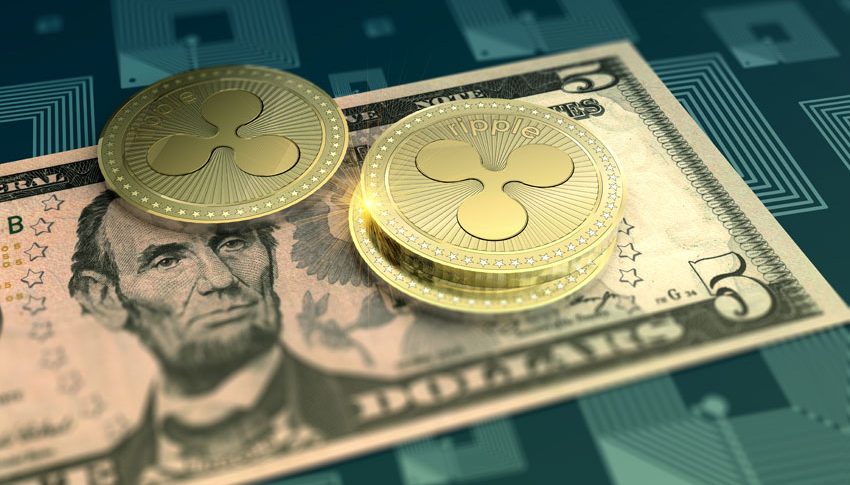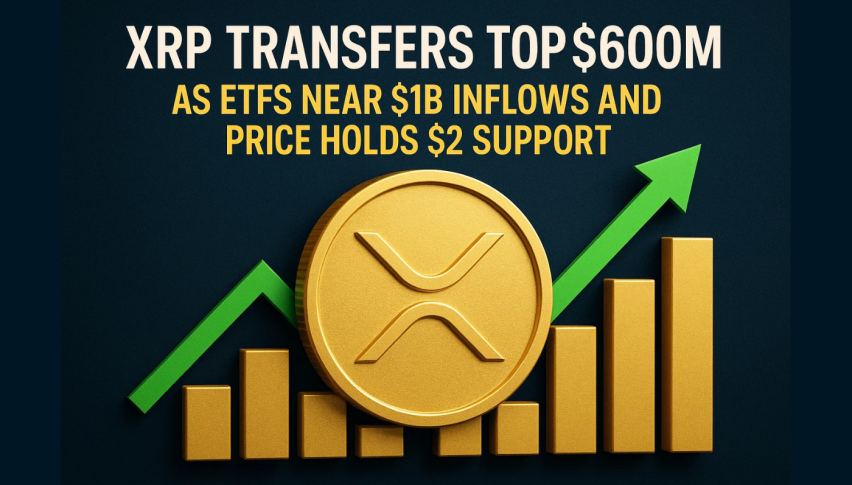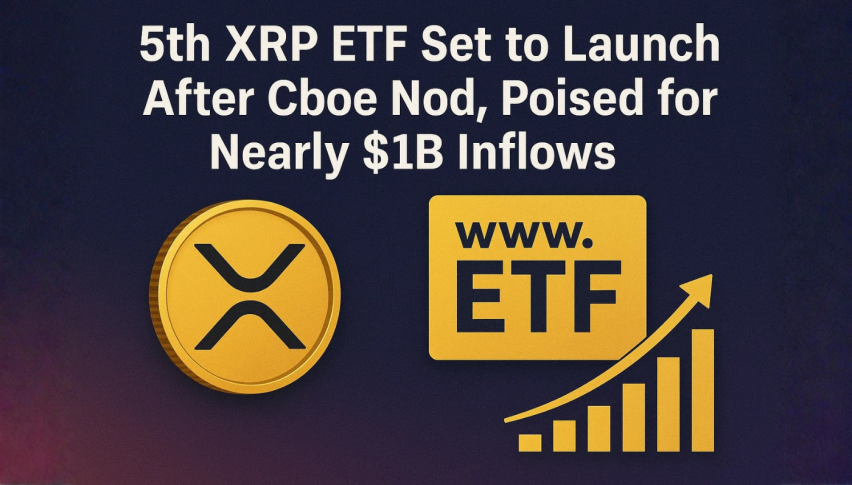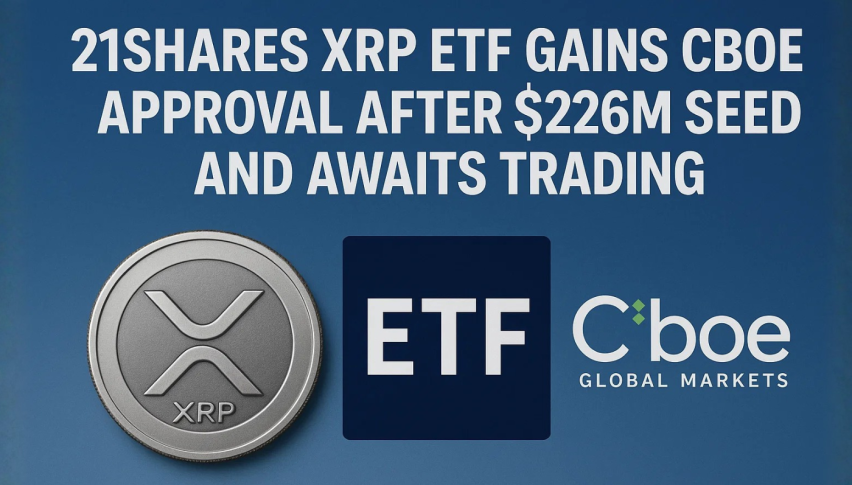US Central Bank Validates Ripple’s XRP in Payment Systems
SMQKE noted that XRP, XLM, and HBAR already use variations of Byzantine Agreement models within their respective consensus frameworks.

Quick overview
- A Federal Reserve research paper on Byzantine Fault Tolerant (BFT) consensus mechanisms highlights their advantages over Proof of Work and Proof of Stake for secure payment systems.
- Crypto researcher SMQKE notes that BFT is now the preferred architecture for fast and secure transaction processing in financial networks.
- Assets like XRP, XLM, and HBAR utilize BFT models, aligning them with the requirements for secure digital payment systems as recognized by the Federal Reserve.
- The integration of ISO 20022 compliance with BFT consensus enhances the compatibility of these assets with modern financial infrastructure and regulatory standards.
A lesser-known but significant Federal Reserve research paper examining Byzantine Fault Tolerant (BFT) consensus mechanisms as part of a broader framework for secure payment systems was recently revisited by crypto researcher SMQKE.

According to SMQKE, the paper emphasized the advantages of BFT-based models over mechanisms like Proof of Work (PoW) and Proof of Stake (PoS), identifying them as the most efficient and scalable options for distributed network operations.
BFT is now the preferred architecture for processing transactions quickly and securely in financial networks. SMQKE noted that XRP, XLM, and HBAR already use variations of Byzantine Agreement models within their respective consensus frameworks.
The researcher suggested that these assets have long been technically aligned with the requirements for secure digital payment systems by citing the Federal Reserve’s findings. As a result, this recognition was seen as an early endorsement.
Furthermore, the discussion addressed the relationship between these BFT-based assets and the ISO 20022 messaging standard—currently widely adopted across international payment systems.
According to SMQKE, the combination of ISO 20022 compliance and Byzantine Fault Tolerant consensus supports the feasibility of integrating XRP, XLM, and HBAR into modern financial infrastructure.
This compatibility provides a framework for aligning distributed ledger technology with institutional and regulatory standards, while also promoting interoperability. The researcher indicated that this link between consensus efficiency and compliance might explain why these resources are frequently discussed in the evolving landscape of digital payments. As payment authorities and central banks update their systems, the technical characteristics outlined in the Federal Reserve’s earlier study become increasingly relevant.
- Check out our free forex signals
- Follow the top economic events on FX Leaders economic calendar
- Trade better, discover more Forex Trading Strategies
- Open a FREE Trading Account


